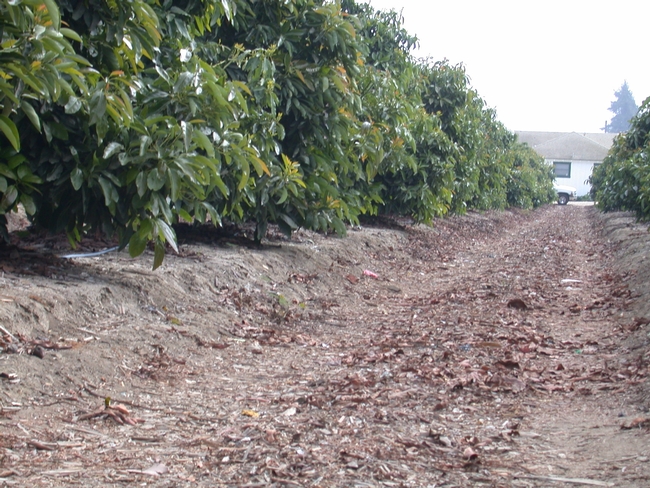“Wood chip mulches will decrease soil nitrogen and spread pathogens” A Misunderstanding that is addressed below by:
Chalker-Scott, L. , Extension Specialist And Associate Professor, Washington State University
Downer, A.J., Farm Advisor, University of California
With chronic drought and/or record-breaking summer temperatures making it increasingly important to conserve water, many gardeners and groundkeepers are using landscape mulches. The ideal landscape mulch not only moderates soil temperature and conserves water, but also:
- reduces compaction;
- provides nutrients;
- enhances plant growth;
- provides habitat for beneficial insects;
- helps control weeds, pests and disease; and
- reduces the need for pesticides and fertilizers.
In addition, landscape mulches should be readily available, affordable, and easy to apply and replace. A review of the literature on landscape mulches (Chalker-Scott, 2007) determined that organic mulches are overall the best choice, with deep layers of coarse woody material providing most or all of the above-listed benefits. Arborist wood chips (created from leaves and branches chipped up by tree service companies) are a particularly good option as they are generally inexpensive and easy to obtain anywhere trees are managed.
Fortunately, none of these concerns are validated by research. Here are some brief explanations (Chalker-Scott, 2007) targeted to our audience:
- Wood chips will not draw nitrogen from the soil unless they are incorporated into it. When used as mulch, arborist chips have no effect on underlying soil nitrogen levels, except to increase them over time.
- Wood chip mulches, even those made from diseased trees, will not transmit pathogens to healthy plant roots. If diseased chips are incorporated into the soil they could infect plant roots, but field evidence of this is rare. Arborist chips that are stockpiled even for a few days undergo severe pathogen reduction through microbial attack within the pile (Downer et al., 2008).
- Wood chips, or any other organic mulch, will not change the pH of the soil. The soil volume is vast, and any acidification would occur only at the mulch-soil interface where it would quickly be neutralized.
- Wood chips, even those made from black walnut or cedar, will not kill landscape plants. There is no reliable evidence that chemical inhibition from decaying wood actually occurs in a landscape situation.
- Wood chip mulches do not lend themselves to tunnel building like landscape fabric and other sheet mulches do: they collapse. Termites do not eat wood chips unless they have no choice; they are negatively affected by some of the chemicals wood contains. In fact, arborist chip mulches house a number of beneficial insects and other species that naturally control pests.
For arborist wood chip mulches to be the most effective (Chalker-Scott, 2007), they should be:
- coarse – no less than ½” diameter – so water and air can move freely through them;
- applied as soon as possible after chipping both to maximize the materials available to microbes and to capture the nutrients released by their activity in the soil; and
- maintained at a depth of at least 4” to prevent weed growth.
Read on:
